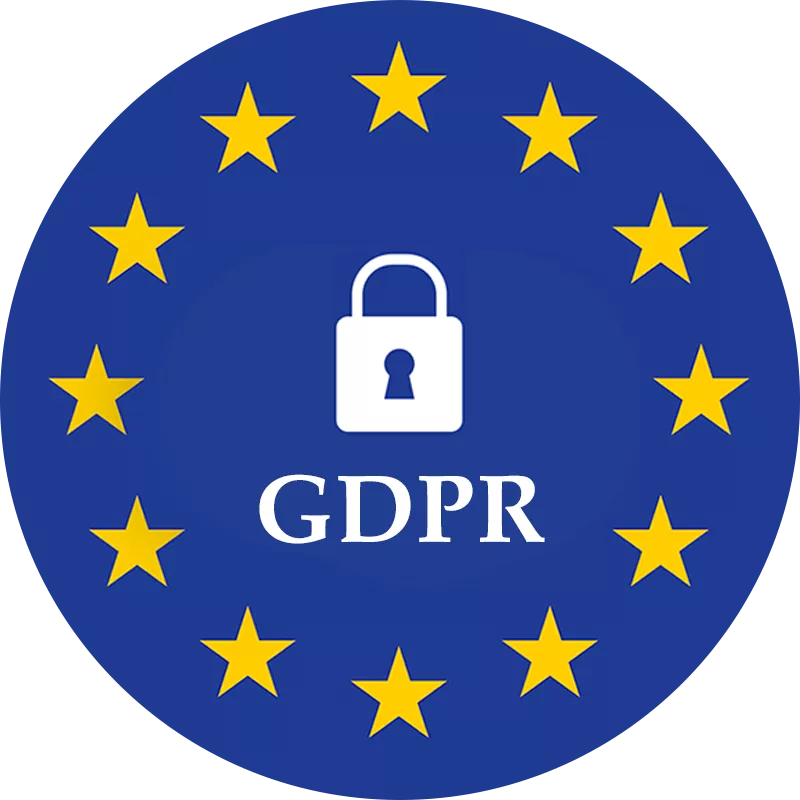The goal of business development is to make a business better. Irrespective of the sector, business development plays a critical role in positively impacting the bottom line. Naturally, for a Microsoft CSP, business development is integral for growth. From a CSP lens, it includes ideas and initiatives focused on increasing cloud revenue, expanding the business, building strategic partnerships, envisioning strategies for long-term business growth, etc. Business development is more than just sales and marketing, it covers all parts of your business operations. The techniques and strategies used in business development directly impact the growth, value, and success of a business.
Why is business development important?
Let us quickly understand why business development is important for CSPs, before we jump on to decoding the best practices to help your business growth.
1. Helps in developing brand image
As a CSP, business development along with marketing can create a brand image for your company to help reach the right customers. Insightful marketing campaigns can create a company image that resonates with the buyers and encourages them to invest in your cloud services.
2. Builds better relationships with clients
Cultivating relationships with existing and prospective clients is integral for business growth and expansion. Strong relationships can help you identify new business opportunities as well as retain existing customers. Repeat business from existing buyers increases the customer lifetime value and leads to lowering your customer acquisition costs.
3. Increases profitability
Business development strategies for CSPs focus on bringing more business and lowering operating costs. This is done by identifying which products and services bring in the most revenue and taking steps to bring down costs.
4. Aids in market expansion
Business development can help you keep a track of market trends and identify areas for new opportunities. As a CSP, your focus should be on tapping into newer industries or geographies with lower competition and higher conversions, which business development can facilitate.
5. Improves operational efficiencies
Adopting business development techniques that can improve the efficiency of your operations will help you save time and money. The same budget can be invested in exploring new opportunities for business growth.
How to accelerate business development efforts for a CSP business?
Building a successful cloud business involves a lot of steps starting from preparing a business plan, understanding the new cloud buyer, exploring subscription-based revenue, scaling the business, and developing industry-specific expertise.
Create a business plan
Regardless of whether you are planning to launch a new product or service, move to a new industry, or looking for accelerated business expansion you need to prepare a business plan for your CSP business. Having a plan on paper will help in tracking your progress and making decisions.
Creating a business plan will help you in:
- Articulating the vision and the objective of your business
- Facilitating organizational buy-in for business development
- Creating an incremental growth plan
- Promoting financial planning for your CSP business growth
- Tracking your progress to measure success
A business plan should begin with providing an executive summary of the business. Here you should briefly describe what is your business about, the products and services you offer, your target market and competitive advantage in the field, a brief about the opportunities and associated risks, and end it with a financial summary. The rest of the business plan should describe all the components in detail-
1. Describe your business
Summarize what your business is, your visions and goals, the current position, a brief about the team and the CSP solutions you offer.
2. Create a value proposition
Highlight what value will you bring to the table and why should customers choose your products and services
3. Define market opportunities
Document and analyze the industry trends that are or have the potential to impact your business. Perform a market analysis to find gaps in the CSP market where your solution can be useful. Demonstrate your capabilities to grab that opportunity.
4. Identify company advantage
Analyze your competition, both direct as well as indirect. Compare yourself with your competitors and find your differentiation as a CSP. Find what is unique to your product that will give you a competitive advantage.
5. Create a pricing structure
Document the different pricing structures that you are offering/ will offer. Additionally, you might want to bundle products and services, along with exclusive discounts to have an expansive plan. Package offers based on the level of customization and advanced services.
6. Perform a SWOT analysis
As a CSP, your business plan must have a detailed account of your strengths, weaknesses, opportunities, and threats. This will help you gauge the current state of your business as well as create a roadmap for the future.
7. Develop a strategic plan
There are several aspects at play here. You need to create a plan for:
- Marketing
- Sales
- Customer acquisition
- Growth
- Operations
- Human resources
8. Document key objectives
Next, you need to identify your key objectives. You can start by creating top objectives for 3-5 years and then break them down for an annual and then a quarterly plan. As a CSP, your key objectives could be around customer acquisition, better revenue realization, focus on automation for billing and invoicing, etc.
9. Create a financial plan
Finally, your business plan should culminate with a financial plan with a broad overview of your financial status. This should include the projected expenses and income, highlight gaps if any, and plans to bridge the gap or utilization of excess funds.
Move to subscription revenue
Business development is all about identifying new sources of revenue for your CSP business. This revenue could either come in from your existing customers or from new customers. Generally, revenue can either be project based or one time, or it could be subscription based which is recurring in nature. One of the top ways to accelerate your business development efforts is to focus on subscription based recurring revenue.
Need for subscription revenue
Before we move to the best practices to facilitate subscription revenue, here is a quick snapshot of why it makes sense for your CSP business.
1. Lower spend on customer acquisition
In a project-based business model, you have to keep finding new customers. This requires you to spend a lot of money on marketing and customer acquisition. In a subscription-based model, your customers pay periodically and are more likely to form a long-term business association with you. This long-term association also helps you understand the needs and demands of your customers allowing you to serve them better. Furthermore, this will reduce the dependence of revenue on sales efforts.
2. Recurring predictable revenue
A subscription-based business gives you more predictable and stable revenue. This can help maintain business continuity. Predictable revenue stream also helps in better forecasting of demand, planning business expansion, and resource allocation. Furthermore, the new user cycles are quite long which makes revenue prediction difficult.
3. Reduces perceived risk
When a customer is looking for a technology change, they might see a big project costing a large amount of money as a risk. But on the other hand, if they can get the same product service in a pay-as-you-go model the perceived risk reduces. This increases the likelihood of making a purchase.
4. Easier for customers to pay
Some customers might find it challenging to pay upfront for large projects. With the pandemic impacting few industries to a great degree, some buyers might be facing a problem with the cash flow. This might leave them with little money to invest in new Microsoft offerings. A high price point may function as a barrier for them to make a purchase.
How to build a subscription based CSP business
As a CSP, you can follow the below mentioned steps to build a successful subscription-based business to drive recurring revenue.
1. Provide packaged solutions
To begin with, you should focus on providing bundled or packaged solutions where you could combine Microsoft products and licenses along with your value-add services which are offered in a cyclical manner.
2. Offer self service capabilities
When your CSP offerings are subscription based, you need to empower your customers to scale up and down based on their comfort. By enabling self service capabilities, your customers can easily manage their subscriptions and licenses and access all their transaction history at one place on their own.
3. Have limited number of plans
When you are offering subscription-based services, make sure you do not have an infinite number of plans to choose from. Depending on the features being offered, having 3-5 plans is sufficient. You may want to customize the major offerings within each plan depending on customer expectations, however, creating a new plan for every customer can be an administrative nightmare.
4. Develop and nurture customer relationships
Subscription revenue relies on long-term association with customers to sustain and grow. When you provide great customer experience and understand the business needs for your buyer you gain customer loyalty. The customers see you not just as a vendor but a partner solving their problems. This increases the Customer Lifetime Value (CLV).
5. Bill accurately
Unlike a project-based sale, a subscription-based sale does not have a one-time price. The billing in a subscription-based business is dynamic with varying billing dates, billing cycles, billing amount etc., for different customers. The billing amount might also differ on a monthly basis depending upon any additional license or value add-ons the customer might purchase in the middle of the billing cycle.
With a large number of subscriptions, accurately billing and tracking the payments can be challenging. Wrong invoices can lead to poor customer experience, reduced customer trust, delay in receiving payments, and extra operational expenses for rectifying and generating fresh invoices. Make sure your billing is accurate and you can leverage an external CSP business automation partner to facilitate better results.
Business Development with CSP Control Center
Creating a robust business plan, shifting to subscription-based revenue and leverage the benefits of both to scale your CSP business form an integral part of your business development efforts. With CSP Control Center or C3, you can further accelerate your business development results by:
- Automating invoicing and billing to focus on business growth
- Creating a seamless customer experience for recurring business avenues
- Providing self service capabilities to your customers
- Offering custom pricing and bundled offers to explore multiple revenue streams
- Leverage extensive reporting to track progress
The right business development strategy with the help of C3 can help you leverage the extensive opportunities to acquire more customers, realize greater revenue and facilitate recurring business.
This blog was originally published on CSP Control Centre.




















